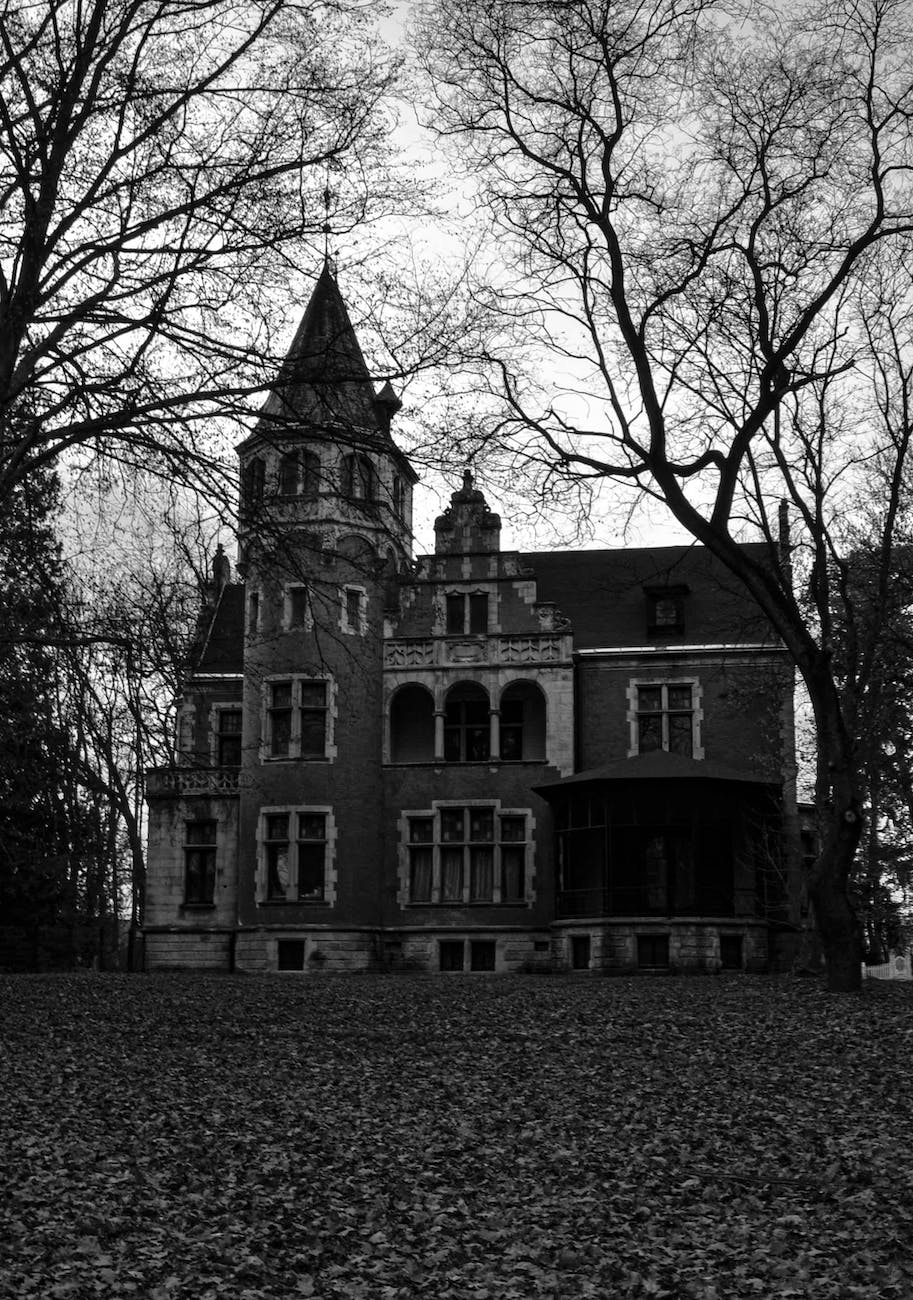When we think of pacing, perhaps the first idea that comes to mind is how slowly or quickly a story moves. In other words, we are thinking about at what speed a story is moving through scenes and plot points. In this post, we are going to answer two questions. First, what is narrative writing? And, second, how do you create better pacing in narratives?
What is narrative writing?
Narrative writing is the act of writing fiction or nonfiction stories. In other words, it is creating imagined worlds and using elements of storytelling to tell a story. The elements one has to consider when writing include characters, plot, setting, conflict, and theme (and more). Therefore, narrative writing is an attempt at entertaining a reader through an engaging story that lives and breathes.
As some sources state, in approaching this style of writing, “one might think of it as telling a story.” These types of writings often center on “anecdotal, experiential, and personal” reflections (Purdue).

What is pacing?
Pacing is typically a reference to the speed at which a story is conveyed to a reader. It is important for holding the interest of a reader. The pacing differs between novels and short stories for a reason. An author typically doesn’t have to share as many details when writing a short story. However, they need to share many more details when writing a novel.
Writer’s Digest states that pacing is “a tool that controls the speed and rhythm at which a story is told and the readers are pulled through the events” (Carpenter). Likewise, the author states pacing is a matter of structure and word choice (syntax and diction). Some elements of pacing include actions, cliffhangers, dialogue, and word choice.
How to create better pacing in narrative writing
Let’s focus on the elements of pacing and see how they can help us along:
Actions
Actions are the events that happen in a story. They often involve the characters interactions with themselves and with each other. As an example, think about all of the action in Robert Louis Stevenson’s Treasure Island, from the fight at the palisade to the death of Israel Hands.
Tips: Some tips to consider include whether you are using fast-paced action throughout the story–fights, chases, sudden events–or you are using slower-paced action throughout the story–reflecting, walks, dialogue, contemplation.
Cliffhangers
Cliffhangers: Cliffhangers are so crucial for most narrative writing, and are considered a plot device. They are a moment at a particular point in a story, typically moments of suspense, which leaves the reader wanting more. Cliffhangers create tension, especially at the end of chapters and parts to books. For instance, any short story collection, from Stephen King’s Nightshift to Hemingway’s In Our Time, often utilize page breaks to hint at more to come. These act as cliffhangers.
Tips: Go to your favorite book and read the end of each chapter or part. You will get a sense of what the author is doing to make you want to read more.
Dialogue
Dialogue: Dialogue is any action of conversation between two or more people. It helps us understand characters’ thoughts, feelings, emotions, and their own relationships. Additionally, dialogue should move the plot forward. Consider Rum Punch by Elmore Leonard. This novel uses short snappy dialogue to convey naturalistic speech. Similarly, in Flannery O’Connor’s “A Good Man is Hard to Find,” the author utilizes dialogue as a means of argumentation.
Tips: As a tip, consider how quickly your dialogue moves. Is is short and sweet? Or is it longer speech-like diatribes? You can use many types of dialogue in a book as well, as long as you feel that it moves the plot.
Word Choice
Word Choice: Word choice is difficult to talk about because it is a very personal choice for writers to consider. It often refers to the specific vocabulary (diction) and language an author uses in their writing. Word choice can be concise, straightforward, and in short sentences, or it can be far more descriptive and elaborate. For instance, Edgar Allan Poe describes his scenes and settings with lengthy passages. Meanwhile, other authors, such as Kurt Vonnegut, are more interested in the beats happening in the story so move you a long with sparse detail.
Tips: As a tip, consider breaking down what each section of your story and decided what it is trying to say. If you feel as though it could benefit from shorter sentences and word, then you should go in that direction.
Conclusion
So, how do we create better pacing in narrative writing? We have to understand just at what speed your story moves based upon the decisions you make as a writer. The actions of your characters, the cliffhangers you introduce, the dialogue you use, and the word choice you implement all effect how quickly or slowly your story builds and releases. Understanding pacing can help you shape fun, engaging, and exciting stories that will enthrall your readers.
Works Cited
“Narrative Essays.” Purdue University. Web. https://owl.purdue.edu/owl/general_writing/academic_writing/essay_writing/narrative_essays.html
Carpenter, Courtney. “7 Tools for Pacing a Novel & Keeping Your Story Moving at the Right Place.” Writer’s Digest. April 24, 2012. Web.








